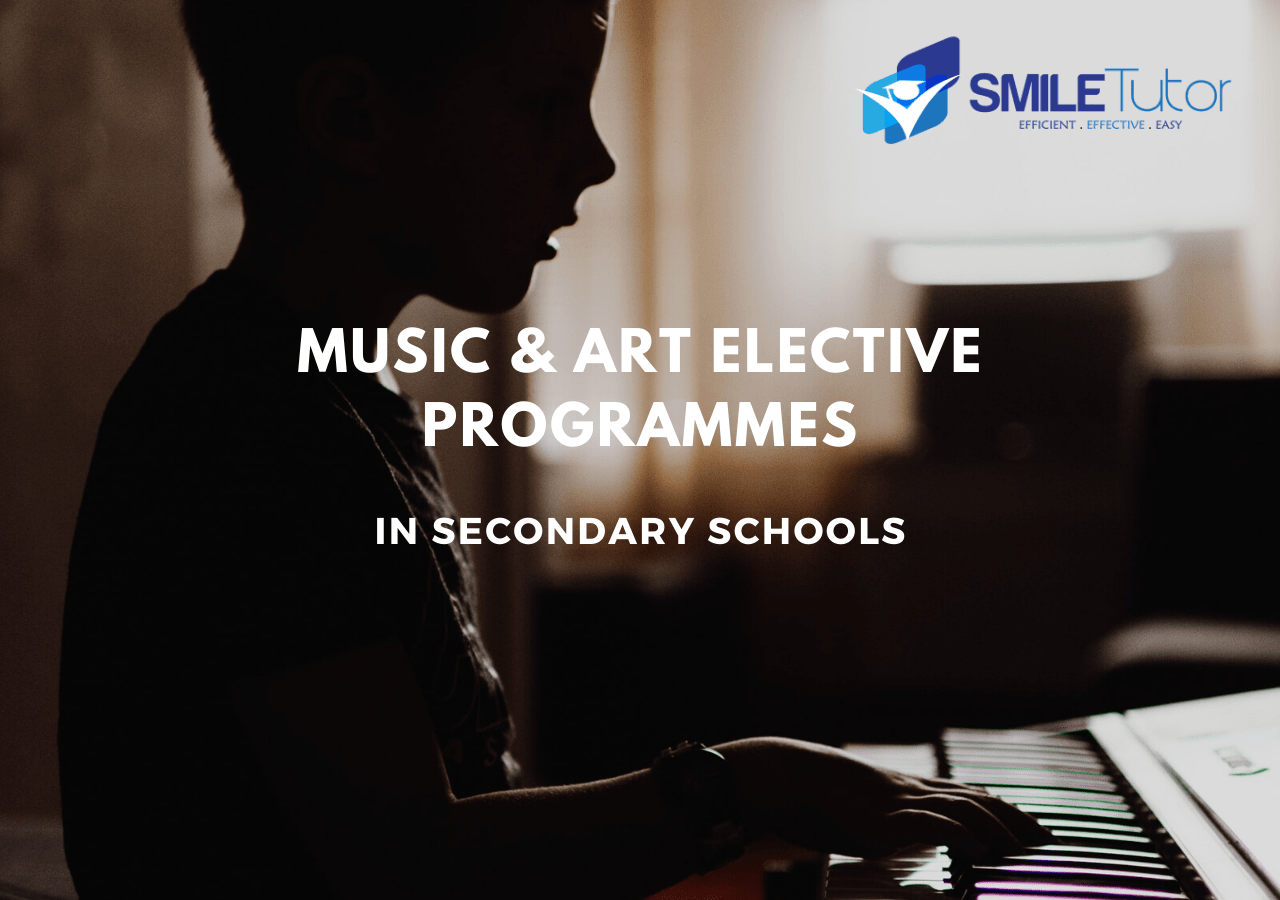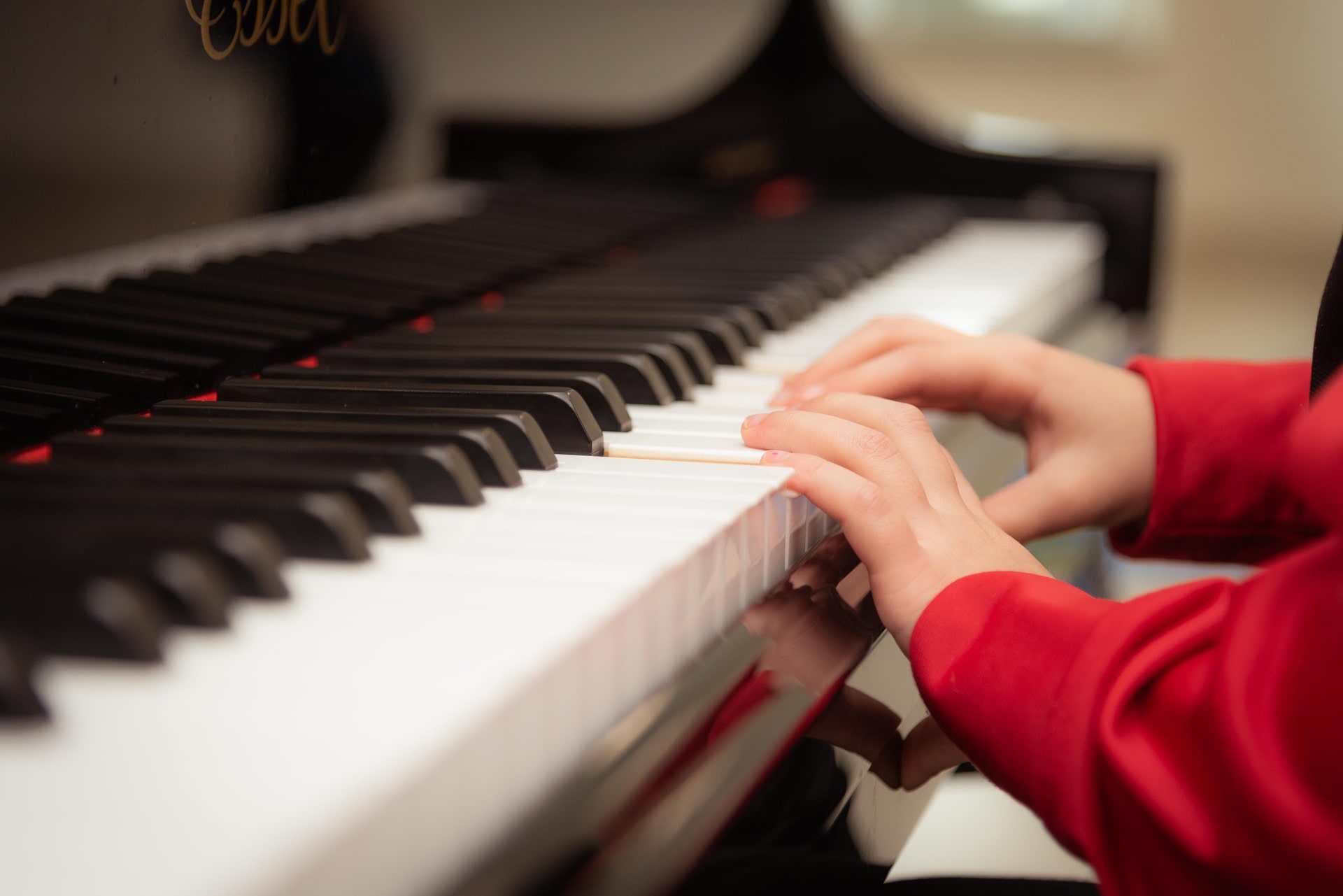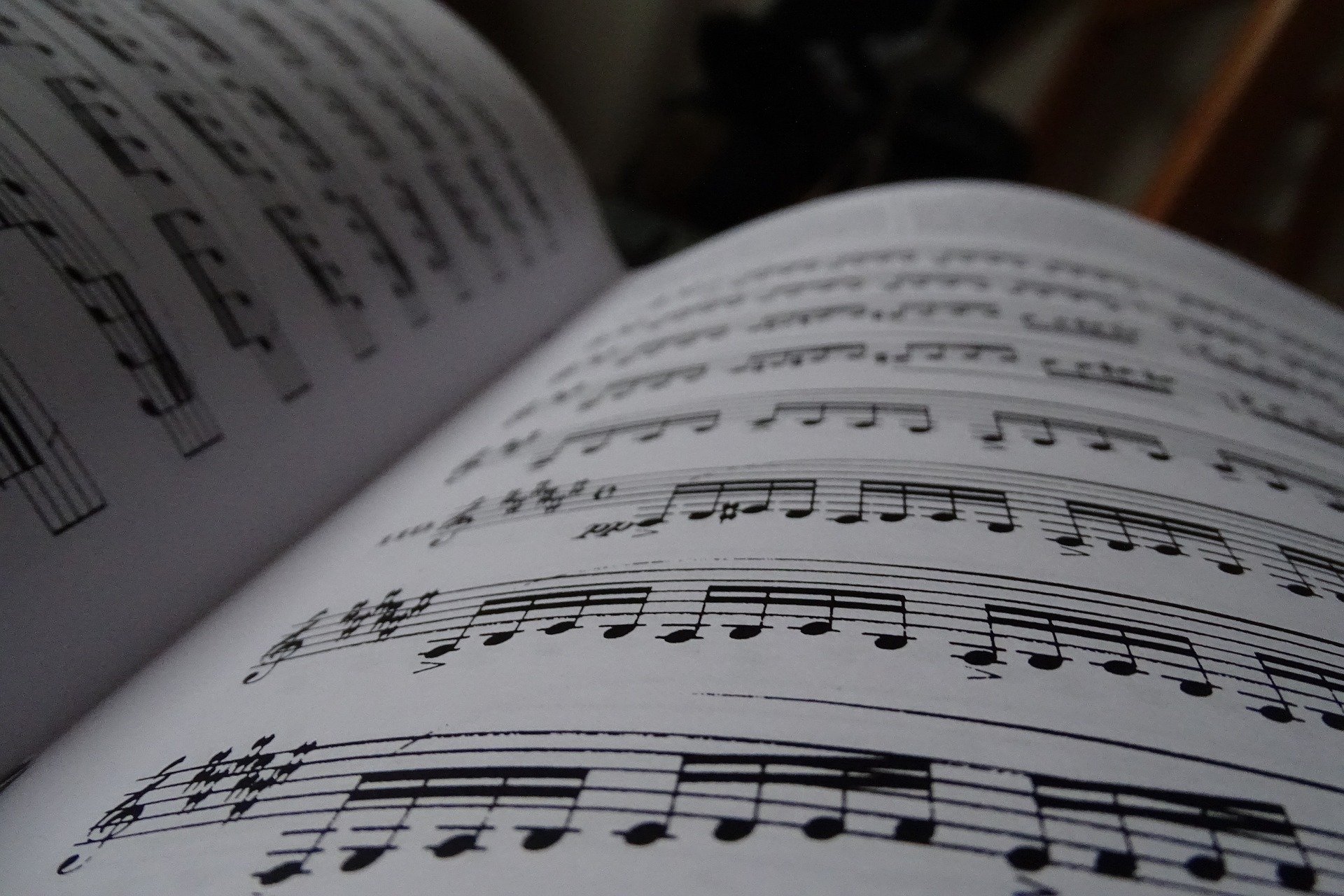
School’s not all about academics. It’s also about honing your child’s talents and developing his or her creativity in various areas, including music and art.
If your child has expressed a keen interest in the creative industries, there are some secondary schools programmes that you should take note of, namely:
- MOE Art Elective Programme (AEP)
- MOE Enhanced Art Programme (EAP)
- MOE Music Elective Programme (MEP)
- MOE Enhanced Music Programme (EMP)
These programmes present an opportunity for your child to be guided professionally in their chosen fields during their secondary school education, which is an important time where bumbling artists can discover their true potential.
In this article, I’ll be giving you an overview of these four programmes, including who they cater to, how your child can enrol, and how these programmes differ from one another.
The Music Elective Programme (MEP)

The MOE Music Elective Programme (MEP) is a four-year programme where musically-inclined students can hone their abilities and broaden their knowledge through listening, creating, performing and research.
These students will be exposed to a broad range of music, from Asian to Jazz and Classical.
On top of that, they will have access to specialised facilities such as practice studios, music technology, and audio-visual materials.
How MEP affects the school curriculum
Students in the lower secondary typically take the subjects Design & Technology and Food & Consumer Education. Music Elective Programme (MEP) students, however, will take Higher Music instead.
During the GCE O-Level examinations, Higher Music is counted as a subject.
For admission into a junior college (or Millennia Institute), they are considered equivalent to a Humanities subject. To extend their studies, there are also two-year MEP programmes in selected junior colleges.
For students seeking admission into a polytechnic or ITE, Higher Music is an R2 subject in the computation of the ELR2B2-A/B or a B2 subject in ELR2B2-A/B/C/D.
Now, what if your child is enrolled in the Integrated Programme (IP) school where things work differently?
In that case, your child will be attending a course that’s equivalent to Higher Music.
There’s also the opportunity to sit for the Higher Music GCE O-Level Examination in another school which offers the Higher Music O-Level examinations.
During the 5th and 6th year of IP, your child may continue with a two-year MEP.
How to enrol in the MEP
Not all students who want to join the MEP can do so. There is a selection process which comprises these aspects: listening and aural tests, audition, and interview.
Students that are advantaged are those with strong musical concepts and skills that are taught in the Primary Music syllabus.
They should also have performance skills which may have been developed during previous CCAs or other music-related experiences. During the audition, interested students will have to perform two contrasting solo pieces on an instrument within a time limit of five minutes. Those who have composed music can submit their scores and recordings.
This selection process begins in early January where students submit a hard copy of their application through their secondary school.
Now, before all that, it’s important that your child try to get admitted into one of the schools offering the MEP. This is done by selecting an MEP school as their first choice during the Secondary 1 Posting Exercise.
Schools that offer the MEP
The 10 schools offering the MEP are listed below:
- Anglo-Chinese School (Independent)
- CHIJ St. Nicholas Girls’ School (Secondary Section)
- Catholic High School (Secondary Section)
- Crescent Girls’ School
- Dunman High School
- Methodist Girls’ School (Secondary)
- Raffles Girls’ School (Secondary)
- Raffles Institution
- Tanjong Katong Girls’ School
- Temasek Junior College
Now, if your child didn’t manage to enrol into one of these schools, joining the MEP is still a possibility. He/she may still apply for this programme at two MEP centres below through their secondary school.
- Anglo-Chinese School (Independent)
- Dunman High School
For these students, MEP classes are held 2 hours weekly for lower secondary, and 3 hours weekly for upper secondary.
Find out more about the Music Elective Programme (MEP) at the MOE website.
The Enhanced Music Programme (EMP)

The MOE Enhanced Music Programme (EMP) has the same objectives as the MEP.
What’s the difference, then?
First of all, EMP is offered in upper secondary school and it leads to the GCE O-Level Music exam or Higher Music exam.
How to enrol in the EMP
Students who want to join the Enhanced Music Programme (EMP) need to be enrolled in a school offering MEP, which is covered in the next section.
Application for EMP opens during Secondary 2.
At the end of the year, there’ll be a selection exercise that is largely similar to that of the MEP. It comprises listening and aural tests, audition and interview.
The concepts that will be tested are those covered in the Primary and Lower Secondary Music syllabuses. An audition of two contrasting solo pieces under five minutes will also be required.
Schools that offer the EMP
The 4 schools offering the EMP are listed below:
- Ahmad Ibrahim Secondary School
- Chung Cheng High School (Main)
- St Margaret’s Secondary School
- Yuhua Secondary School
Find out more about the Enhanced Music Programme (EMP) at the MOE website.
The Art Elective Programme (AEP)

The MOE Art Elective Programme (AEP) is a four-year programme where artistically inclined students can hone their creative talents and abilities through hands-on learning and practice in various art media and theory.
These students will be exposed to an extensive range of art forms, media, and theory including drawing, painting, sculpture, design, new media and technology, and art history, among others.
They will also have access to specialised art facilities as well as a library.
How AEP affects the school curriculum
Students in the lower secondary usually take the subjects Design & Technology and Food & Consumer Education. AEP students, on the other hand, will take Higher Art instead.
During the GCE O-Level examinations, Higher Art is counted as a subject, and is equivalent to a Humanities subject for admission into a junior college or centralised institute.
There are also two-year AEP programmes in selected junior colleges to those who want to extend their studies.
If your child is enrolled in the Integrated Programme (IP) school, he or she will take a course equivalent to Higher Art.
During the 5th and 6th year of IP, your child may continue with a two-year AEP.
How to enrol in the AEP
Not all students who are interested to enrol in the Art Elective Programme can do so. There is a selection process composed of two phases.
In Phase 1, there’s an observational drawing where students are asked to draw a given object or image based on observation, and a creativity challenge where students should create an image or object with given ideas and materials.
Phase 2 of the selection process entails a three-minute portfolio presentation where students show three to five original artworks with corresponding explanations.
Students who pass the selection process and those who qualify for the Express course are eligible to enrol in the Art Elective Programme (AEP).
The selection process starts in early January where students submit a hard copy of their application through their secondary school.
Before anything else, make sure that your child includes schools offering AEP when selecting his or her secondary schools. Picking an AEP school as their first choice is encouraged.
Schools that offer the AEP
The 7 schools offering AEP are listed below:
- Bukit Panjang Govt. High School
- CHIJ Secondary (Toa Payoh)
- Hwa Chong Institution
- Nanyang Girls’ High School
- National Junior College
- Victoria School
- Zhonghua Secondary School
Find out more about the Art Elective Programme (AEP) at the MOE website.
Enhanced Art Programme (EAP)
The MOE Enhanced Art Programme (EAP) has similar objectives as the AEP.
The difference is that it is being offered in upper secondary art school where artistically inclined students learn about art forms, traditions, theories, and practices from various teachers and industry experts.
They will also have access to specialised art studios and equipment.
How to enrol in the EAP
Your child can enrol in the Enhanced Art Programme (EAP) if he or she qualifies for GCE O-Level Art in Secondary 3, and meets any other criteria set by the school.
It is also important that your child includes schools that offer EAP when selecting secondary schools.
EAP application opens during Secondary 2.
Schools that offer the EAP
The 8 schools offering EAP are listed below:
- CHIJ Katong Convent
- Meridian Secondary School
- Nan Chiau High School
- Naval Base Secondary School
- New Town Secondary School
- Ngee Ann Secondary School
- Orchid Park Secondary School
- St. Andrew’s Secondary School
Find out more about the Enhanced Art Programme (EAP) at the MOE website.
Recent changes to Music & Art Elective Programmes
As a testament to the value of music and art in education these days, MOE has been providing more opportunities for students to enrol in related programs.
The EAP and EMP were extended to an additional seven schools starting in 2016. These schools are entitled to support in teaching staff, facilities and equipment from MOE.
It was also just a few years back that three schools – National Junior College, Anglo-Chinese School (Independent) and Dunman High School – were developed as centres for AEP and MEP, allowing students to enrol in the programmes even if their school doesn’t offer them.
With such initiatives, the number of students enrolled in the four programmes is estimated to be 2,000 this year, up from 1,500 in 2015.
Importance of music and art in Singapore
If you’re among the parents who are encouraging your child to apply for the AEP, EAP, MEP or EMP, I’d like to applaud you.
In general, music and art have taken a backseat in Singapore for many years in favour of maths and sciences, but this is about to change. The current economy is driven by innovation, so it is important to let our children play creatively.
Music and art students develop creative skills in problem-solving. These subjects teach discipline, boosts self-confidence, and even help to develop language and reasoning.
I believe it is a wise decision to nurture our children’s creativity and explore their full potential by enrolling them to the Music & Art Elective Programmes of Singapore. With this, we’ll be one step closer to building a brighter future not only for our children but also for our country.
